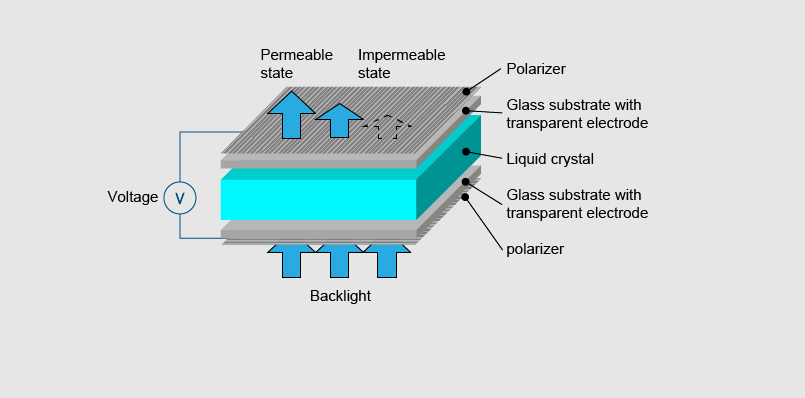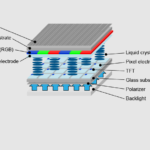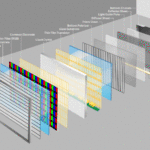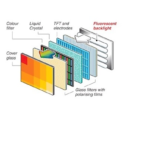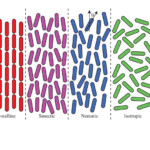A popular technology for displaying digital photos, texts, and videos is liquid crystal displays (LCD). Many different electronic devices, including smartphones, computer monitors, and televisions, use LCD screens. They are renowned for their low profile, high resolution, and energy efficiency. Have you ever wondered, however, how an LCD screen functions? This article will describe the operation of an LCD and go over the benefits and drawbacks of this technology.
What is an LCD?
A flat panel display known as an LCD produces pictures using liquid crystals. Several layers, including a liquid crystal layer, glass electrodes, polarising filters, and electrodes, make up an LCD screen. While the backlight projects light onto the screen from behind, the polarising filters only allow light to go in one direction. The glass electrodes create an electric field that is used to regulate the liquid crystals. Unlike LED panels, which emit light directly, LCD screens use the backlight to generate pictures.
How does an LCD work?
The behaviour of liquid crystal molecules serves as the foundation for an LCD’s operation. A type of substance called liquid crystals combines the qualities of solids and liquids. Although they can flow like liquids, solids’ molecules are arranged in a predictable way. A liquid crystal’s molecular orientation changes when an electric current is applied, which affects how light travels through the material.
The liquid crystal layer is positioned between two sheets of glass electrodes in an LCD screen. These electrodes have a pattern made of a matrix of extremely small cells, or pixels. The desired image can be produced by independently turning on or off each pixel. The liquid crystal molecules in a pixel are oriented in a particular direction when an electric field is applied to it, allowing light to pass through. The liquid crystal molecules revert to their original orientation when the electric field is removed, blocking the light.
Types of LCD displays There are several types of LCD displays, each with its unique features and characteristics. The most common types of LCD displays are:
• The most fundamental kind of LCD display is twisted nematic (TN). Although TN displays have quick response times and little power consumption, they have poor colour reproduction and a narrow field of view.
• In-Plane Switching (IPS): IPS displays have better viewing angles and colour accuracy than TN displays. Although they use more power, they also react more quickly.
• Vertical Alignment (VA): VA displays have excellent colour reproduction and high contrast ratios. They have a slower response time than TN and IPS displays, but they are also energy-efficient.
Advantages and disadvantages of LCD displays LCD displays have several advantages over other display technologies, including:
• Energy efficiency: LCD screens are more energy-efficient than CRT and LED screens because they use less power.
• High resolution: LCD screens are perfect for watching movies, playing video games, and editing photos because they can display high-resolution images.
• Slim profile: LCD screens are light and thin, making them simple to mount and carry.
However, LCD displays also have some drawbacks, including:
• Limited viewing angles: When viewed from an angle, LCD screens’ image quality degrades due to their limited viewing angles.
• Slower refresh rates: LCD screens’ refresh rates are slower than those of CRT and LED displays’, which can cause ghosting and motion blur.
• Color inaccuracies: LCD screens, particularly those in lower-end models, can have colour inaccuracies.
Conclusion:
In conclusion, LCD screens are a popular and versatile technology used in many electronic devices. They work by manipulating the behavior of liquid crystal molecules to create images. LCD screens offer several advantages, including energy efficiency, high resolution, and slim profile. However, they also have some limitations, including limited viewing angles.
Also visit below page:
